Trump’s tariffs accelerate Gulf-Asia realignment and draw European attention
- Update Time : Tuesday, April 22, 2025
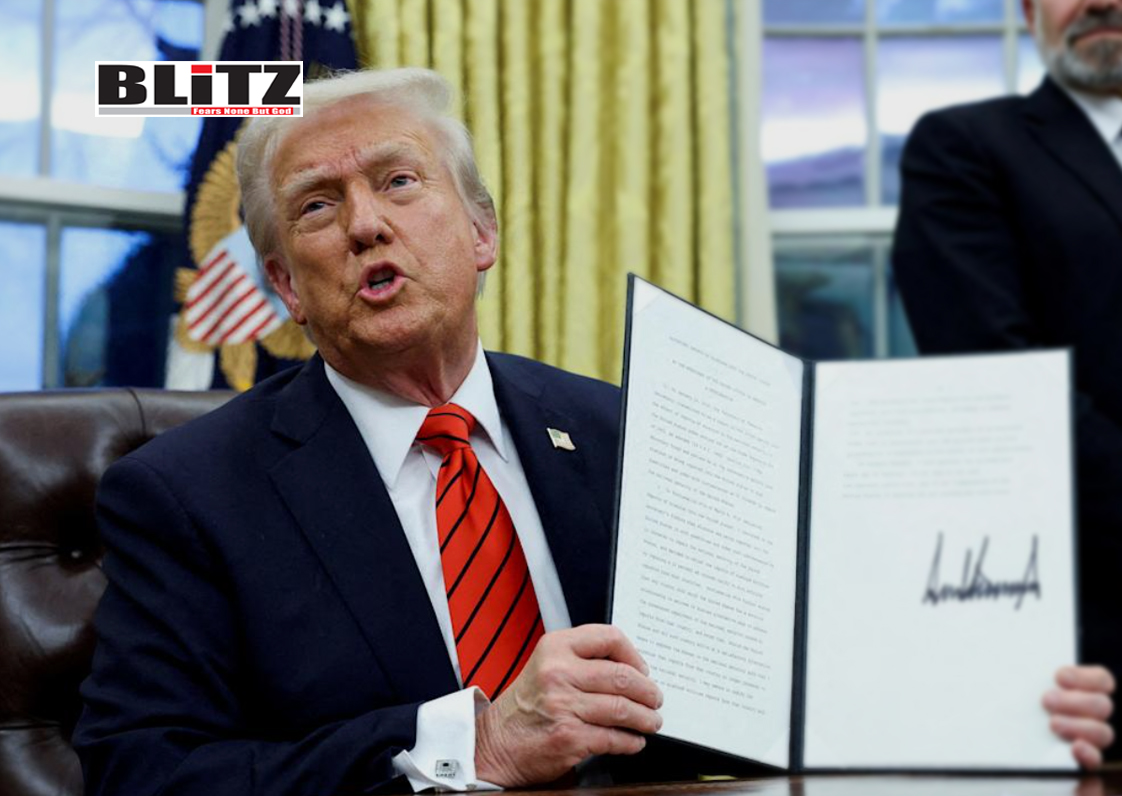
In the era of renewed global trade protectionism, US President Donald Trump’s tariff policies-designed to promote American industry and reduce dependency on foreign imports-are reverberating far beyond their intended targets. While headlines have focused largely on US-China trade frictions or the implications for American consumers, a less examined but highly consequential outcome is the deepening realignment between the Gulf Cooperation Council (GCC) nations and Asia. What’s emerging is a significant shift in global economic and geopolitical dynamics: a “pivot to Asia” from the Gulf that is simultaneously inviting renewed interest from Europe.
Trump’s tariffs were initially aimed at countering what he framed as unfair trade practices by China and protecting American manufacturing. However, these duties disrupted long-standing global supply chains and trade flows, prompting countries worldwide to reevaluate their dependencies and strategic alliances. Among the most adaptive have been the GCC states-Saudi Arabia, the United Arab Emirates, Kuwait, Qatar, Bahrain, and Oman. For them, Trump’s protectionist policies served as both a signal and an opportunity to intensify existing economic outreach to fast-growing Asian markets.
Countries such as Vietnam, Malaysia, and Indonesia have responded quickly. Vietnam and the UAE have recently upgraded their diplomatic relations, while Saudi Arabia has directed considerable investment toward Malaysia and Indonesia. The Saudi Public Investment Fund’s injection of $100 million into Malaysia’s low-cost airline AirAsia is a prominent example of this new economic closeness. Likewise, Indonesia and the Kingdom have been exploring expanded trade and infrastructure cooperation.
A landmark report by the Asia House think tank underscored just how far this “pivot to Asia” has progressed. In 2022, two-way trade between the Middle East and Asia hit a record $512 billion. Driving this figure are major bilateral trade relationships, especially those between the GCC and China, India, and ASEAN (Association of Southeast Asian Nations) member states.
Projections are striking. If current trends continue, Gulf-China trade will surpass Gulf trade with the West by 2027. Trade volume growth between these two regions has significantly outpaced Western equivalents in recent years. Much of this is fueled by energy: Asia continues to rely heavily on oil and gas from the Gulf, with approximately half of Asia’s oil imports in 2023 coming from the Middle East. This demand is unlikely to fall off anytime soon, especially as energy needs in China, India, and Southeast Asia are projected to increase sharply through 2030.
Yet the expanding relationship is far from one-dimensional. Beyond hydrocarbons, Gulf nations and their Asian counterparts are increasingly collaborating in areas like artificial intelligence, fintech, infrastructure, and nuclear energy. In 2022, for instance, the UAE and Indonesia signed a sweeping agreement covering nuclear energy, investment, and financial services. These sectors form the scaffolding of a more resilient and diversified economic partnership.
The deepening engagement between the GCC and ASEAN is perhaps the most promising and transformative dimension of the pivot. In 2022, bilateral trade between the two blocs reached $134 billion, a figure expected to climb further. High-level diplomatic engagement has accompanied these economic ties. In October 2023, the inaugural GCC-ASEAN summit was held in Riyadh, co-chaired by Indonesian President Joko Widodo and Saudi Arabia’s Crown Prince Mohammed bin Salman. The next summit is scheduled for May 2025 in Malaysia, hosted by Malaysian Prime Minister Anwar Ibrahim, who has strongly advocated for formal free trade negotiations between the two regions.
Key economic deals further highlight this evolving partnership. In September 2024, Malaysia’s state-owned oil company Petronas was awarded an oil and gas concession spanning over 7,000 square kilometers in Abu Dhabi’s Al-Dhafra region. Just months earlier, the Dubai International Financial Centre and Indonesia’s Nusantara Capital City Authority signed an MoU to develop Indonesia’s Nusantara Financial Center-cementing the UAE’s role in helping shape Indonesia’s economic future.
Another example is the August 2024 power purchase agreement between Indonesia’s Perusahaan Listrik Negara and Saudi Arabia’s ACWA Power to build the Saguling Floating Solar Project in West Java. That deal followed a 2023 announcement involving ACWA Power and Pupuk Indonesia on a green hydrogen initiative scheduled for launch in 2026.
While the Gulf’s pivot to Asia gathers momentum, it is simultaneously drawing renewed interest from Europe. The strategic realignment has not gone unnoticed. In December 2024, French President Emmanuel Macron and UK Prime Minister Keir Starmer both visited the Gulf-an acknowledgment of the region’s growing geopolitical and economic influence.
Macron’s visit focused solely on Saudi Arabia, while Starmer made high-profile stops in both the UAE and Saudi Arabia. During his trip, he praised the region’s “untapped economic potential” and signaled Britain’s desire for a broader trade deal with the GCC. Starmer’s visit came just weeks after the Qatari Emir’s state visit to the UK, during which a $1 billion green energy partnership was signed-further illustrating the Gulf’s cross-continental appeal.
The UAE and Saudi Arabia have already established themselves as key investors in the UK. Trade between Britain and the UAE now exceeds $30 billion annually, while trade with Saudi Arabia is worth over $26.5 billion. British businesses are deeply embedded in this relationship: more than 7,000 UK firms exported goods and services to Saudi Arabia last year, supporting 90,000 domestic jobs.
Starmer’s broader ambition is a formal UK-GCC free trade agreements. Such a pact could boost bilateral trade by around 16 percent, translating to an additional $10 billion annually. One of the biggest prizes would be increased access to the Gulf’s sovereign wealth funds-particularly attractive for a UK eager to rejuvenate its aging infrastructure and accelerate its energy transition.
The convergence of Asian economic rise, Gulf capital mobility, and Western recalibration points to a multipolar global order, where no single region dictates terms. In this context, the Gulf nations are leveraging their wealth, energy resources, and geographic positioning to build new, diversified partnerships.
Trump’s tariffs may have been conceived as a defensive measure to benefit American industry, but they have inadvertently triggered an offensive realignment that has reshaped global economic alliances. GCC states, already undergoing massive modernization and economic diversification efforts under frameworks like Saudi Arabia’s Vision 2030 and the UAE’s Centennial 2071, are seizing the opportunity to deepen their economic and strategic engagements with Asia and beyond.
What was once a relatively oil-dependent relationship has matured into a dynamic, multifaceted engagement covering everything from renewable energy and AI to finance and infrastructure. Meanwhile, Europe, facing its own post-Brexit and energy transition challenges, is scrambling to secure a place in the emerging order.
In the years ahead, the Gulf’s eastward pivot-fueled by US trade disruptions and cemented by shared interests with Asia-will likely remain one of the most defining global economic trends. But the implications are broader than trade. These new partnerships may well reshape geopolitical influence, redefine global supply chains, and accelerate the arrival of a truly multipolar world.



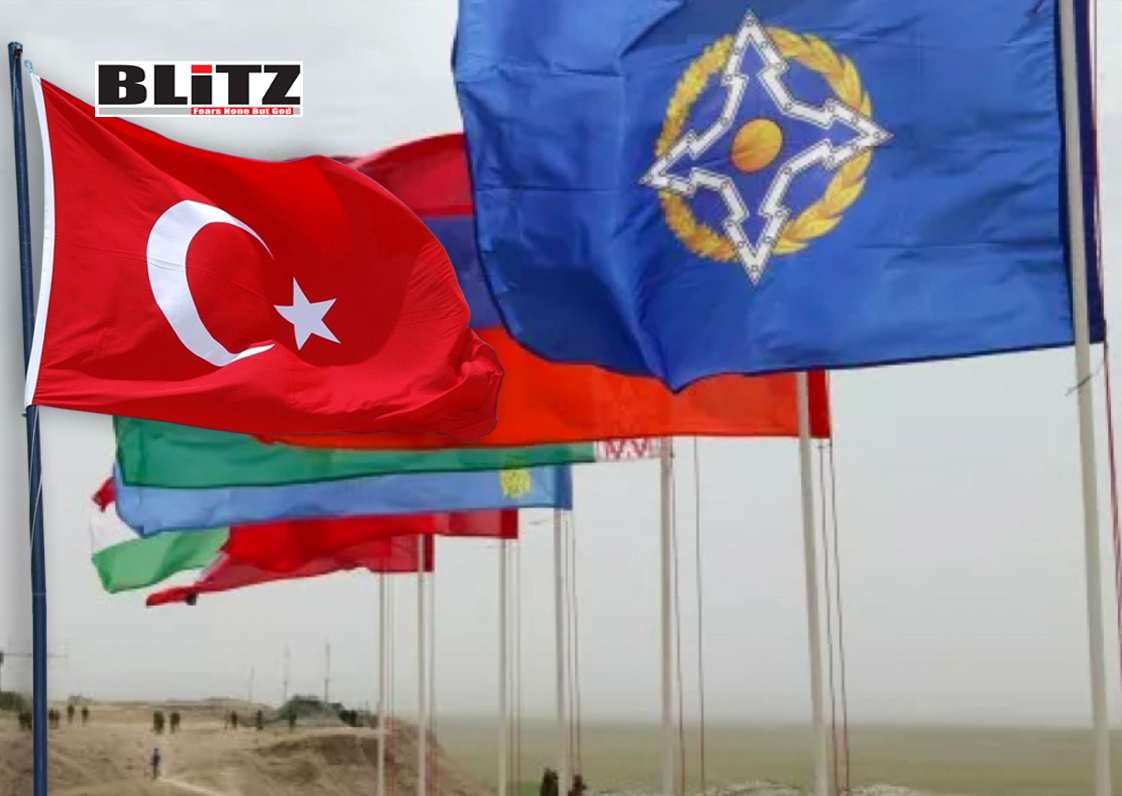
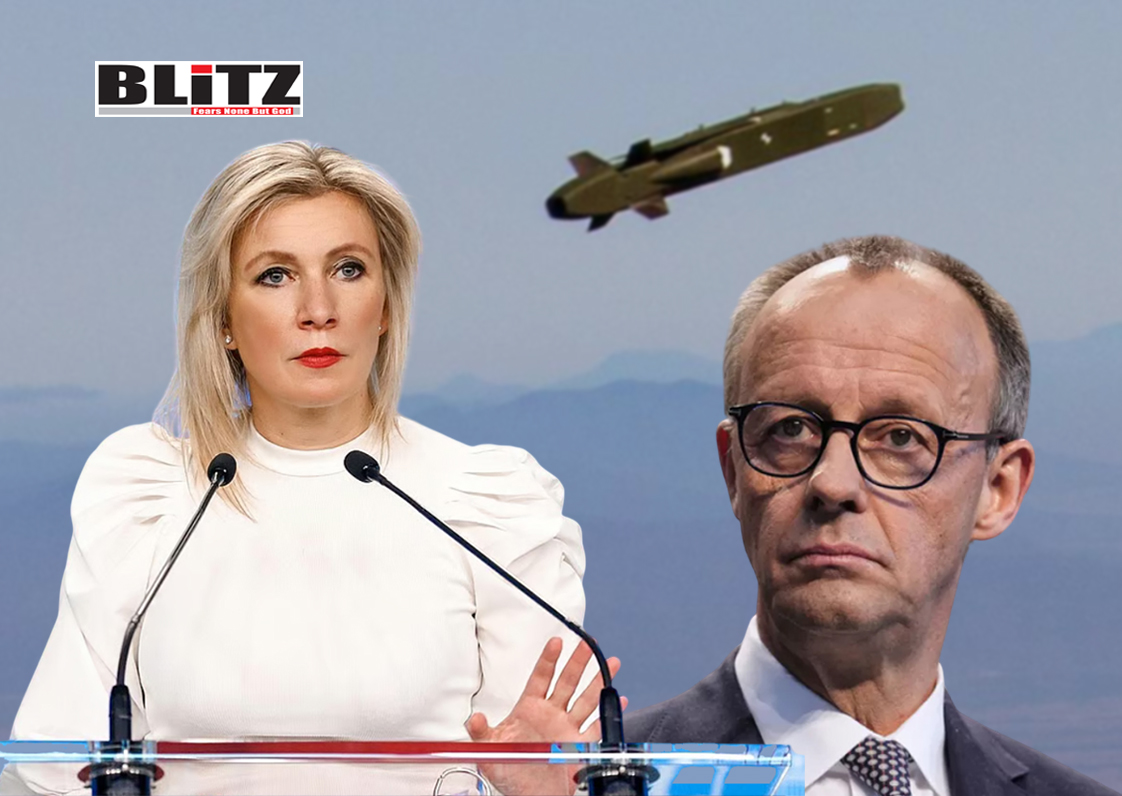


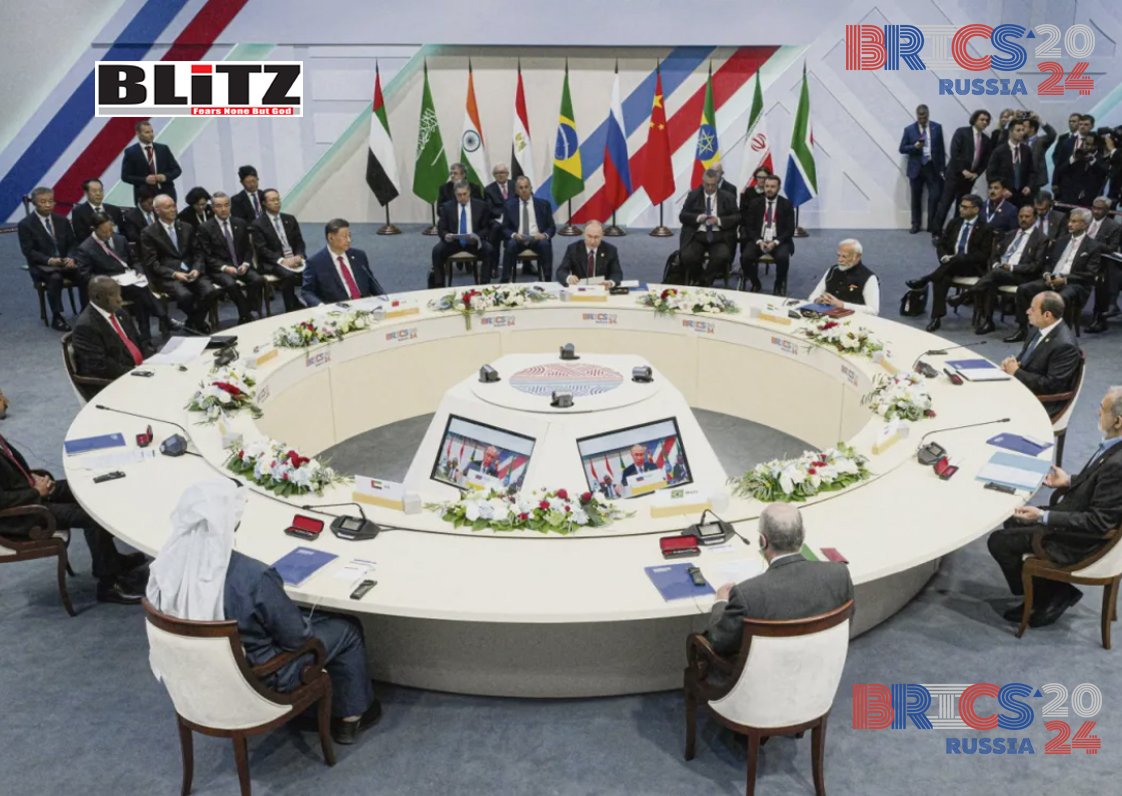
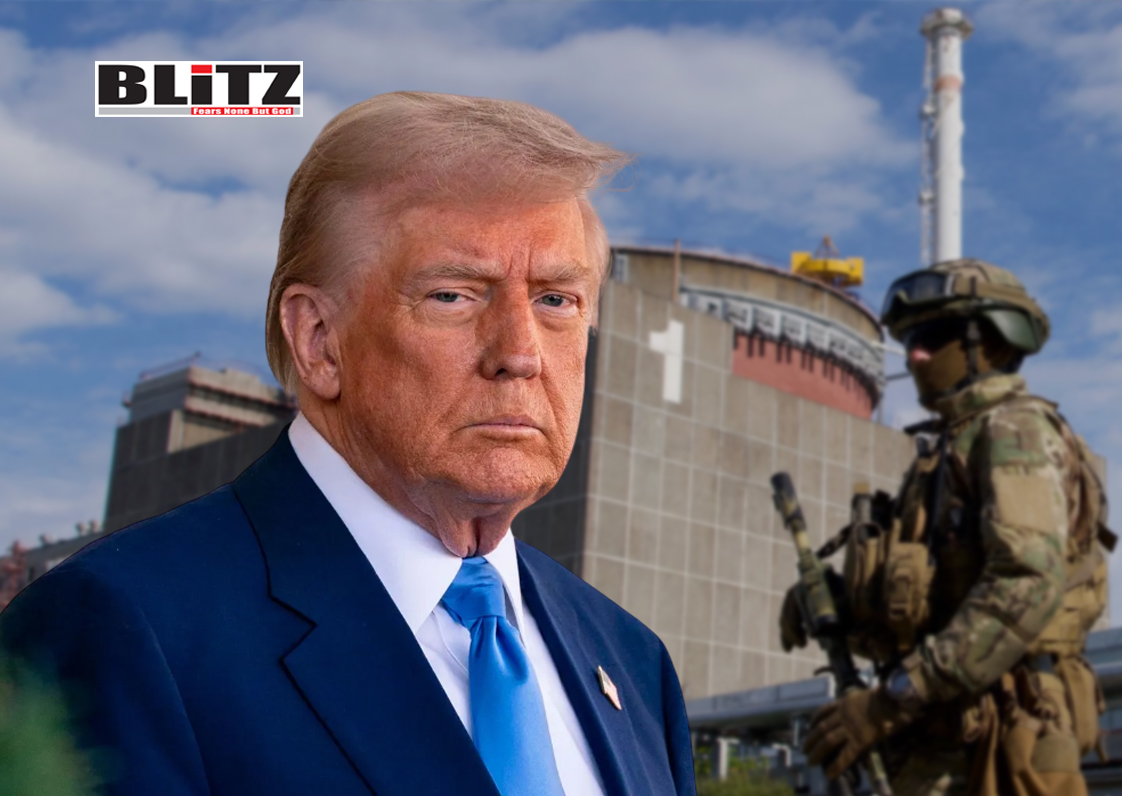
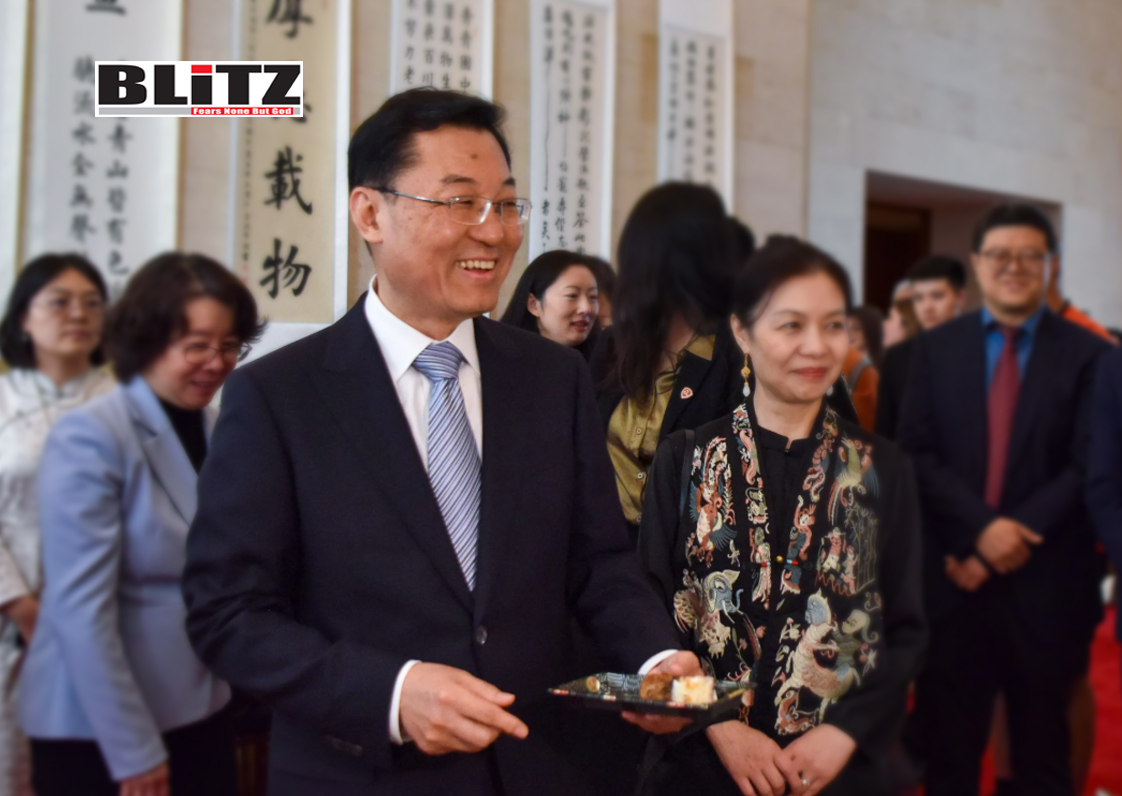
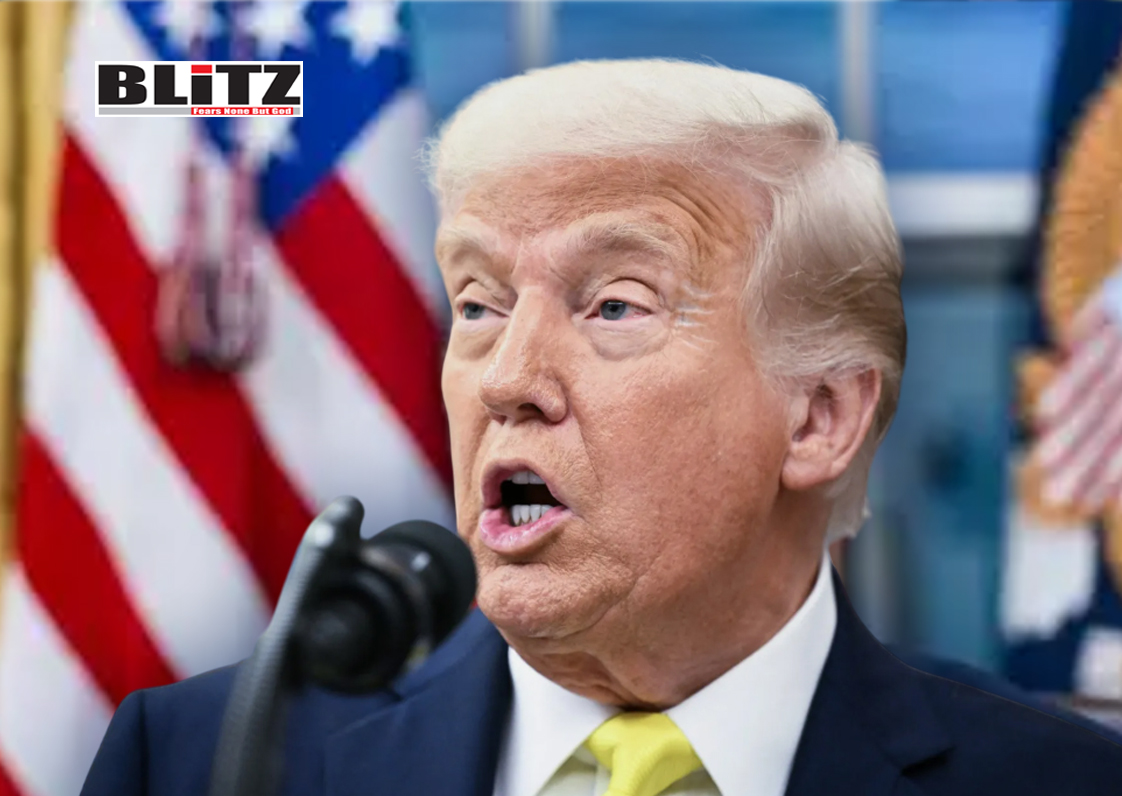

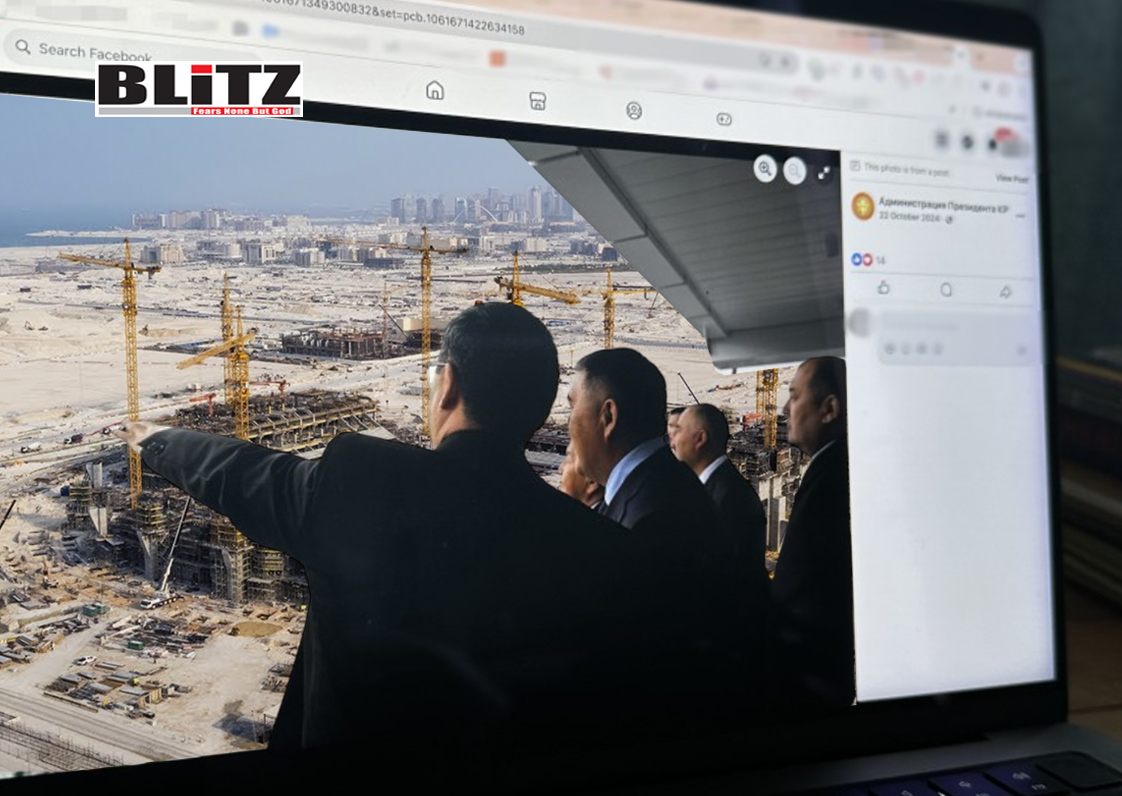

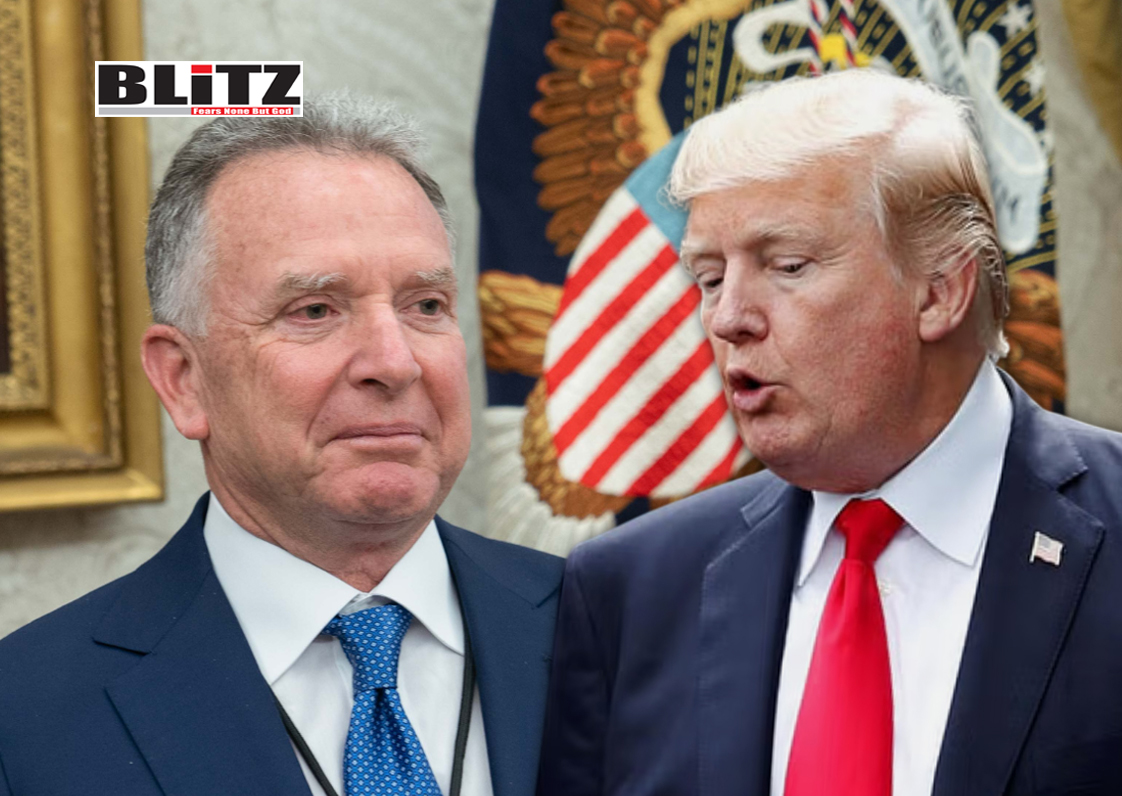
Leave a Reply